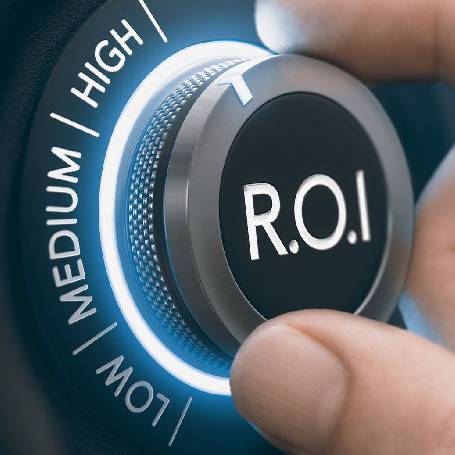How perfect does the ROI need to be?
September 19, 2023
The short answer is that it needs to be good, but no need to reach absolute perfection. Credibility on the other hand is critical to closing a deal.
To be clear, we’re looking at ROI as part of a business case to justify a technology investment and help the customer make a “buy” decision. If you’re using ROI to calculate the value of a financial investment stream, then by all means, go to as many digits past the decimal place as needed. If you’re arbitraging a currency using future contracts, you may need to go very far past the decimal point to identify an opportunity. But we’re not doing that, we’re selling.
If you peel back the layers, every ROI business case used to justify a technology decision is built on estimates. These estimates have a greater or lesser degree of confidence, typically corresponding to the four orders of benefits (amazon link to The Value Sale). That means the foundation of your ROI business case is ultimately built on the best guess for each of the values. Now that’s not bad, but it means getting buy in from your prospect for each of these estimates will be the key to the credibility of the business case. The more they believe the numbers that drive the ROI, the more they’ll believe the ROI, and the more likely they are to put their reputation behind the decision.
Now hold on you say, we have a value engineering team in our company that spends months developing a business case for a prospect. That’s good, right? Well, yes, but only to the extent it keeps the deal moving and is not more theater than substance. I’m not pointing fingers, but there are a few value teams make a show out of gathering data to generate a false sense of precision. Thoroughly identifying critical benefits and estimating returns is one thing, going past a decimal point in the calculation is another. There’s no need.
The next time you build a business case keep in mind your goal is a “yes” decision with a signature on a contract. Spend time ensuring you prospect is comfortable with the estimates and be willing to discard benefits that are not believable. Underestimate a few benefits and the customer will feel more confident the ROI is at least what you’ve calculated and likely higher. Use the business case to drive the deal. Don’t make the business case its own project.
As I tell salespeople during training classes: you’re selling a product, not framing a business case.